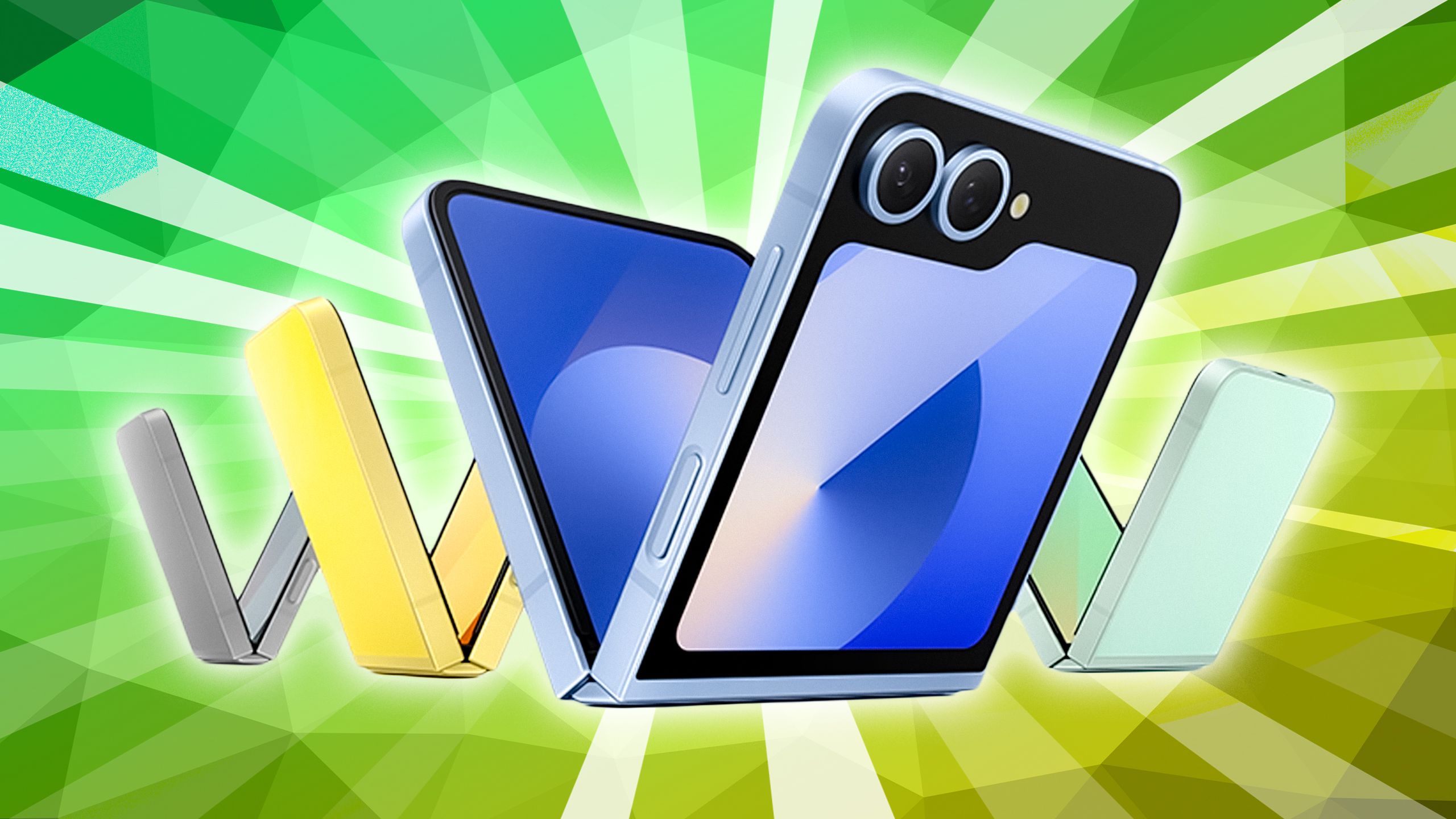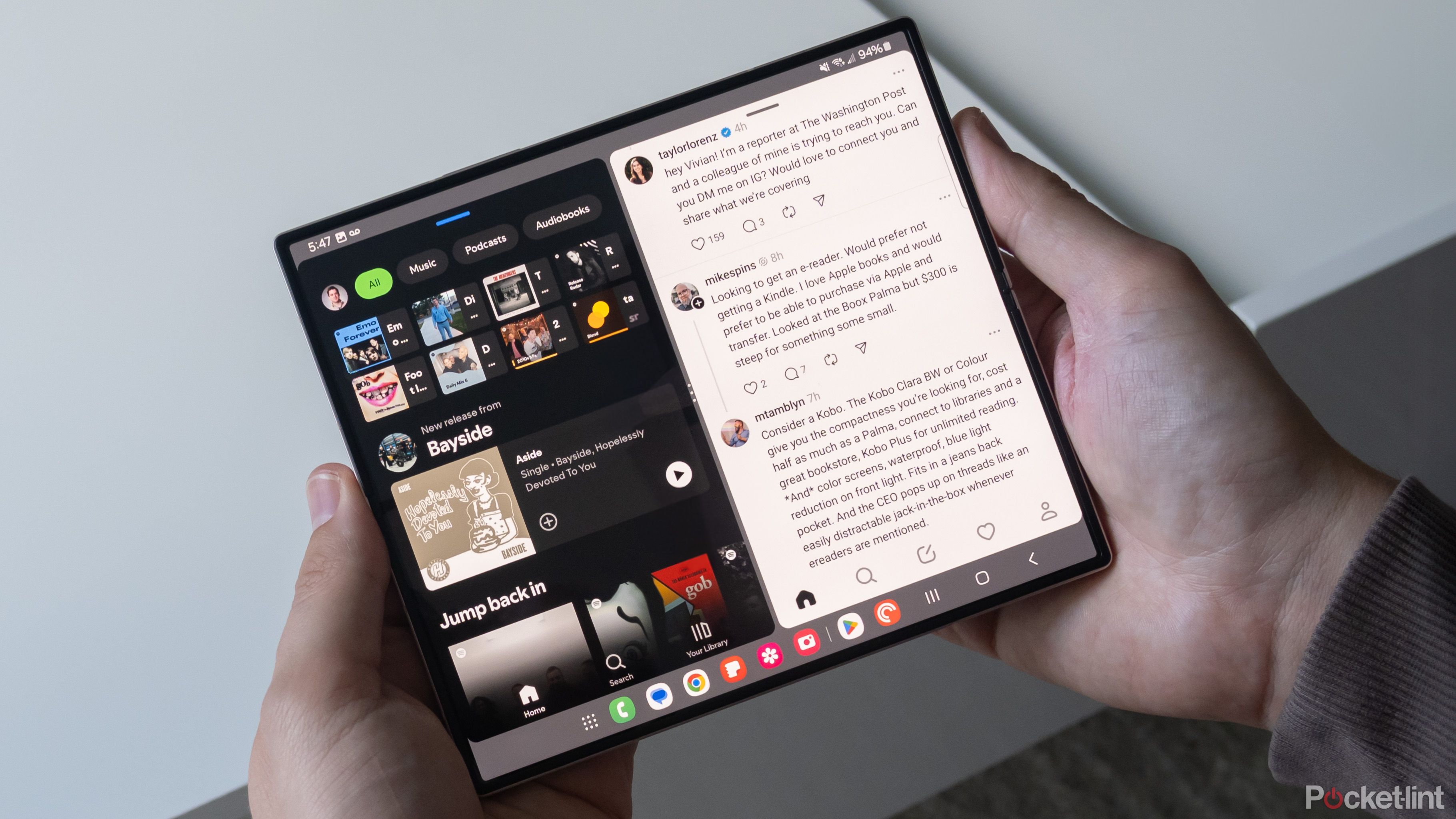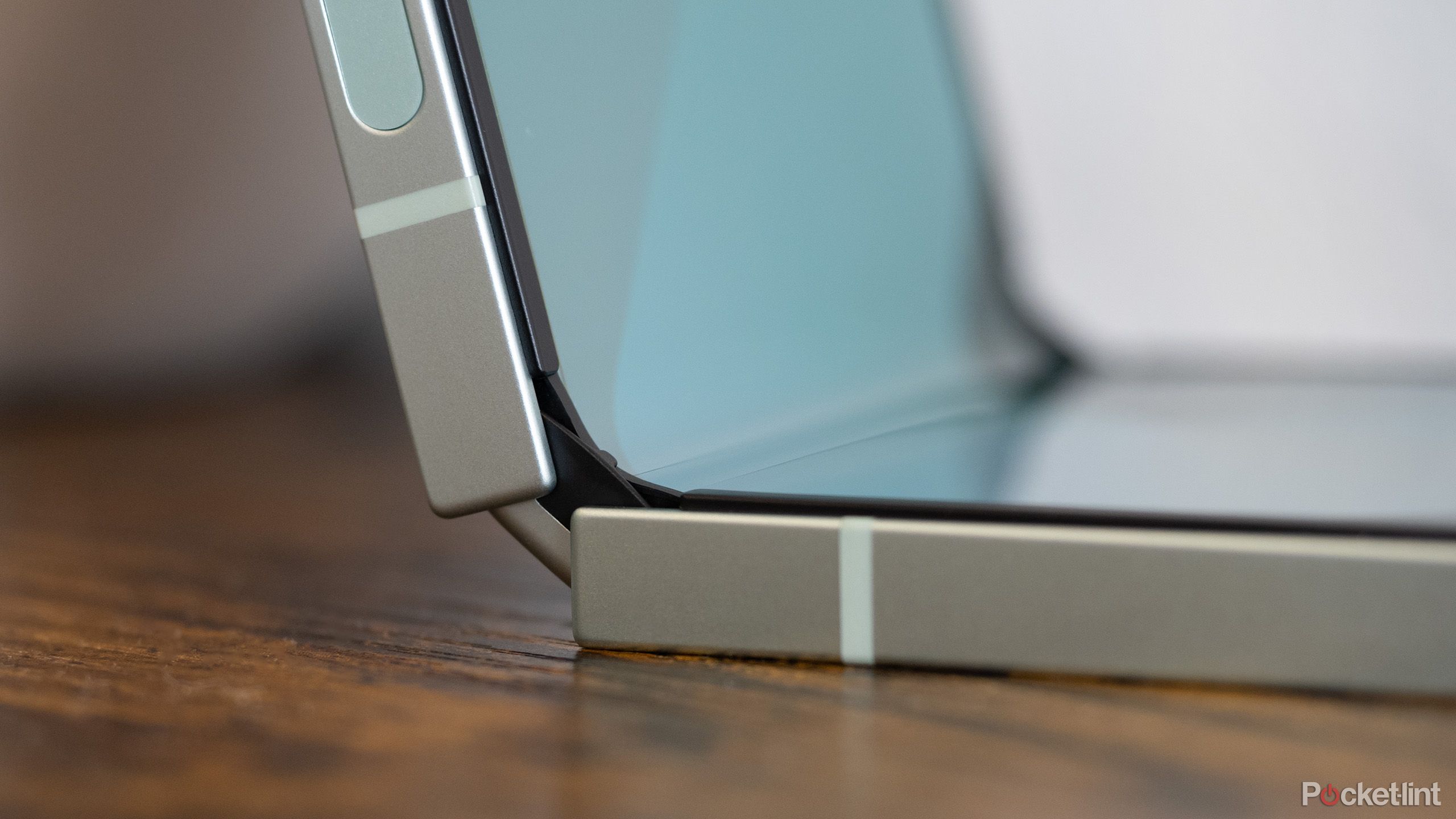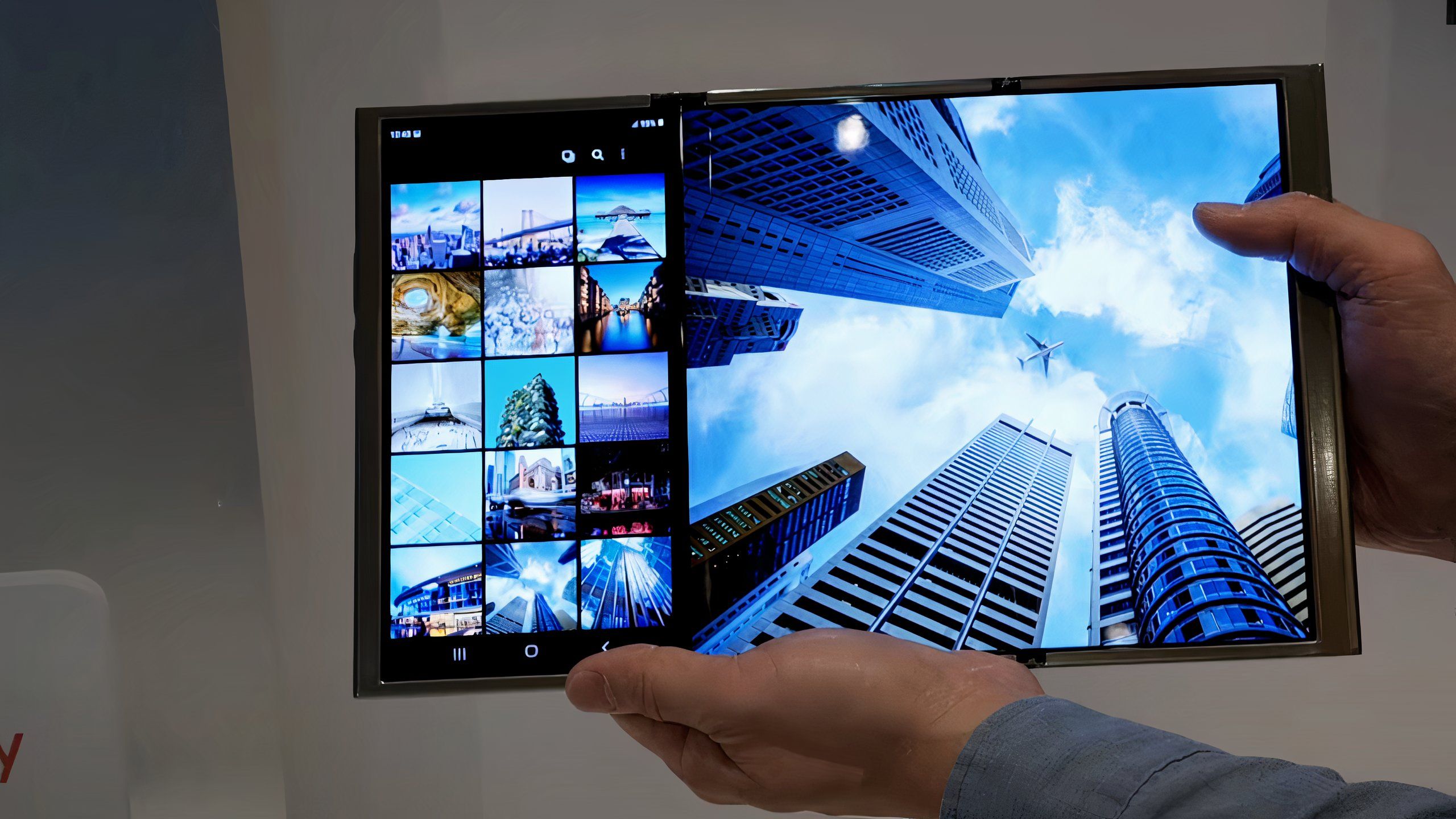Summary
- Samsung dominates foldable market in the US but faces a popularity plateau.
- The company hopes a device with even more folds could be the solution.
- Samsung seems like it’s ignoring some of the fundamental problems with foldables in the process.
Samsung dominates the foldable form factor in the US. While you can buy devices from Google and Motorola that are as well-made as the phones Samsung sells, they aren’t nearly as well-known or popular. That hasn’t always been the case. Samsung’s original Galaxy Fold launch was a disastrous mix of broken screens and screen protectors that weren’t supposed to be peeled off. Things have improved significantly since then, but now Samsung has another new problem on its hands: its phones aren’t that much more popular than they were six years ago in 2019.
The thinner Galaxy Z Fold 7 and Galaxy Z Flip 7 mark the biggest changes the company’s made to date, but it remains to be seen if they’ll help Samsung sell any more folding phones. The company sells many times as many “slab” phones as it does foldables, and that has been true for years. I’m not sure a thinner phone or larger cover screen will change things all that radically. So Samsung’s next hope lies with an entirely new device, a foldable that can expand into an even larger tablet by bending in not one, but two different places. The company confirmed that the device exists and will be released in the fall, but it still suggests the company is avoiding a fundamental flaw in its foldables. Even with refinements, the crease where foldable folds are still visible and unpleasant to touch and adding more of them won’t make Samsung’s foldables more appealing.

Related
Clamshell foldable phones are the wave of the future – here’s why
Book-style foldables might be sexier, but pragmatism is going to win the day.
Samsung’s foldables depend on their hinge and display
The company made screens that could bend and components that can bend them
Samsung might be best known in the US as a smartphone and television maker, but the company produces products in pretty much every category that could even be loosely described as “electronics.” Importantly, Samsung also makes components, like displays and chips, for plenty of its competitors. Samsung’s foldable lineup exists in part as a way to take advantage of the displays made by Samsung Display, the screen manufacturing subsidiary of Samsung.
The original Galaxy Fold was the first device of its kind when it was released in 2019, and it showed. The phone was plagued with cracked screens, and a pre-installed screen protector that was easy to remove, but critical to the phone’s survival. The problems were so bad that Samsung delayed the release of the Fold for several months so it could make fixes. The company quickly released a more durable successor, the Galaxy Z Fold 2, in 2020. Regardless of quality, all of it was enabled by Samsung’s flexible OLEDs.
The company made further refinements down the road, improving the Fold’s hinge — called the “Hideaway Hinge” in the company’s marketing — and sealing critical components of the phone to make it water-resistant. The company released a flip phone-inspired version of its foldable design called the Galaxy Z Flip in 2020, and with the release of the Galaxy Z Flip 3 in 2021, it became the most popular foldable Samsung sold. By folding the display into a teardrop shape using a new hinge design on the Galaxy Z Fold 5, Samsung was able to close the screen gap between the two sides of the foldable.
…it seems much harder to believe that a device with multiple folds will be able to achieve the same thing.
Throughout this process, Samsung has attempted to hide the crease in its display, a visible line where the screen folds that often feels like it has more give than the rest of the screen. On the company’s Galaxy Z Flip devices, which close vertically, and Galaxy Z Fold devices, which close horizontally, you can eventually learn to ignore that line. But it seems much harder to believe that a device with multiple folds will be able to achieve the same thing.
“The Galaxy G Fold” is more of the same
More creases aren’t going to solve anyone’s problems
Abhijeet Mishra / Pocket-lint
The head of Samsung’s Device Experience Division, TM Roh, confirmed to The Korea Times that the company plans on releasing a “tri-fold phone” before the end of the year, with two folds instead of just one. Rumors point to Samsung calling the device the “Galaxy G Fold,” though Roh suggests the company hasn’t settled on a name for its newest foldable.
You don’t need to be an industry analyst to predict that Samsung might release a device like this. Samsung Display has shown off a version of a foldable OLED screen that folds in two places like a brochure on more than one occasion. While it’s possible Samsung was trying to get other phone makers to buy an expensive new component, it’s just as likely the company has been stress-testing the concept for itself. It’s ultimately just a further realization of the foldable dream: unfolding a small smartphone into a large tablet.
The new device will presumably run One UI 8, Samsung’s skin of Android 16. The updated operating system is already more tablet-friendly than past versions of Android, and it includes practically desktop-like experiences, like windowed apps. Sure, you could do all of those things on Samsung’s already gigantic Galaxy Tab S10 Ultra, but the appeal here is you don’t have to lug around a 14.6-inch screen if you don’t want to.
Samsung Display’s prototypes fold into an “S” shape, which might mean the display and hinge on the “trifold phone” are exposed in a way they normally wouldn’t be on the company’s current foldables.
The issue with the idea of the Galaxy G Fold is that it ignores an unsolved problem with all foldables in general. The crease is always there. The company can get better at hiding it visually, but people still have to touch the screen. Until Samsung is able to hide the fact that there’s space under its display to form that teardrop shape, I’m not sure introducing a device with multiple folds is going to make things any better. If anything, it’ll call attention to the shortcomings of Samsung’s whole approach.
Samsung’s tri-fold phone won’t be for everyone
This is an experiment the company is selling at a premium
Whatever Samsung’s new device is called, the company is expected to make it the most expensive phone it sells at a starting price of $3,000 or more. The company might also only sell the device in South Korea and China to start. For those reasons alone, most people are not going to have this device as an option yet. That could be reason enough to not get hung up on the details.
Still, more so than AI or augmented reality glasses, foldables represent a hardware innovation that could be perfected in our lifetime, and it feels strange that Samsung is pushing ahead with even more folds before it perfects the fundamentals. If you’re looking to experience the best of the foldables that are available now, the company’s new Galaxy Z Fold 7 and Galaxy Z Flip 7 seem like great options. Or, you could consider the Pixel 9 Pro Fold, which is bound to be discounted soon ahead of the launch of the Pixel 10 lineup.












